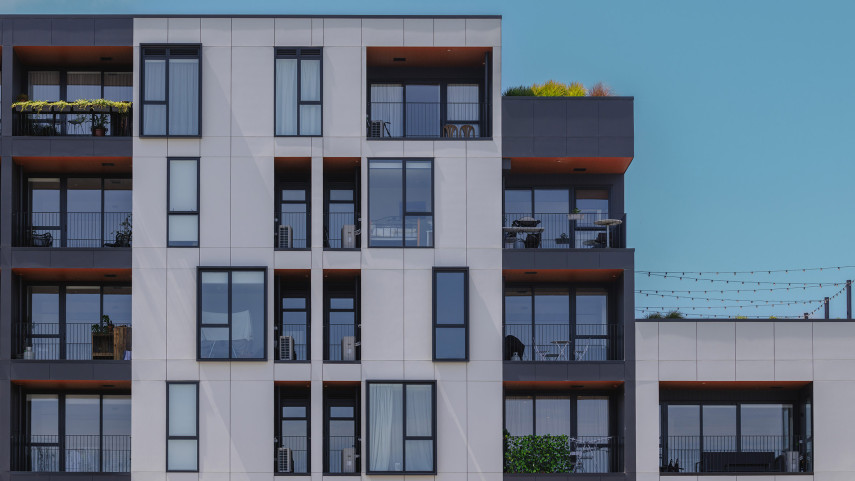Step 1
Preparation of plan changeA plan change to rezone land for housing can be either led by Council or a landowner/ developer.
Completed by the applicant and/or Council.
Step 2
Plan change request lodged with CouncilThe plan change request process formally begins when the plan change is lodged with the Council.
Completed by the applicant.
Step 3
More information requiredFurther information can be requested to better understand the effects of the rezoning proposed and ways in which the effects are proposed to be managed, the alternatives to rezoning the land and the consultation undertaken.
Completed by the applicant and/or Council.
Step 4
Decision on if the plan change should be processed furtherAt this point the Council will decide whether to allow the plan change to be publicly notified and submissions called for, or to reject it. The Council may refuse to allow a request for a plan change to progress if the necessary information has not been provided, the plan change is fundamentally unsound or in a limited number of other circumstances.
Completed by the Council.
Step 5
Submissions invited from the publicOnce a plan change is publicly notified, the public has 20 working days to make comments in a submission, supporting or opposing the plan change or parts of it.
Completed by the Council.
Step 6
Further submissions invitedComments can be made as further submissions on what others have sought in their submissions. There are restrictions on who can make further submissions. Further submissions must be made within 10 working days of the public notification of the summary of submissions and call for further submissions.
Completed by the Council.
Step 7
Hearing of submissions and further submissionsCouncil officers, the applicant requesting the plan change and those that made submissions, and further submissions, present their views on the plan change to a hearing panel. The hearing panel may be made up of councillors and/or commissioners.
Completed by the Council.
Step 8
Decision made on the plan changeThe Council has a maximum of two years from the date that submissions are invited by public notice to make a decision on the plan change. The hearing panel considers all the information and makes a recommendation to the Council as to whether the Council should approve the plan change to rezone the land, approve only parts of the plan change, or refuse the plan change.
Completed by the Council.
Step 9
Appeal to Environment Court on decisions made by CouncilOnce a Council decision has been made and notified, an appeal can be made to the Environment Court by the applicant or a submitter within 30 working days of receiving the decision. If an appeal is made, the Environment Court conducts a new hearing and makes a decision.
Completed by the applicant or any submitter.
Step 10
Plan change included in the District PlanWhen all appeals have been resolved, a plan change is made Operative and inserted into the District Plan.
Completed by the Council.
Step 1
Preparation of plan changeA plan change to rezone land for housing can be either led by Council or a landowner/ developer.
Completed by the applicant and/or Council.
Step 2
Plan change request lodged with CouncilThe plan change request process formally begins when the plan change is lodged with the Council.
Completed by the applicant.
Step 3
More information requiredFurther information can be requested to better understand the effects of the rezoning proposed and ways in which the effects are proposed to be managed, the alternatives to rezoning the land and the consultation undertaken.
Completed by the applicant and/or Council.
Step 4
Decision on if the plan change should be processed furtherAt this point the Council will decide whether to allow the plan change to be publicly notified and submissions called for, or to reject it. The Council may refuse to allow a request for a plan change to progress if the necessary information has not been provided, the plan change is fundamentally unsound or in a limited number of other circumstances.
Completed by the Council.
Step 5
Submissions invited from the publicOnce a plan change is publicly notified, the public has 20 working days to make comments in a submission, supporting or opposing the plan change or parts of it.
Completed by the Council.
Step 6
Further submissions invitedComments can be made as further submissions on what others have sought in their submissions. There are restrictions on who can make further submissions. Further submissions must be made within 10 working days of the public notification of the summary of submissions and call for further submissions.
Completed by the Council.
Step 7
Hearing of submissions and further submissionsCouncil officers, the applicant requesting the plan change and those that made submissions, and further submissions, present their views on the plan change to a hearing panel. The hearing panel may be made up of councillors and/or commissioners.
Completed by the Council.
Step 8
Decision made on the plan changeThe Council has a maximum of two years from the date that submissions are invited by public notice to make a decision on the plan change. The hearing panel considers all the information and makes a recommendation to the Council as to whether the Council should approve the plan change to rezone the land, approve only parts of the plan change, or refuse the plan change.
Completed by the Council.
Step 9
Appeal to Environment Court on decisions made by CouncilOnce a Council decision has been made and notified, an appeal can be made to the Environment Court by the applicant or a submitter within 30 working days of receiving the decision. If an appeal is made, the Environment Court conducts a new hearing and makes a decision.
Completed by the applicant or any submitter.
Step 10
Plan change included in the District PlanWhen all appeals have been resolved, a plan change is made Operative and inserted into the District Plan.
Completed by the Council.



